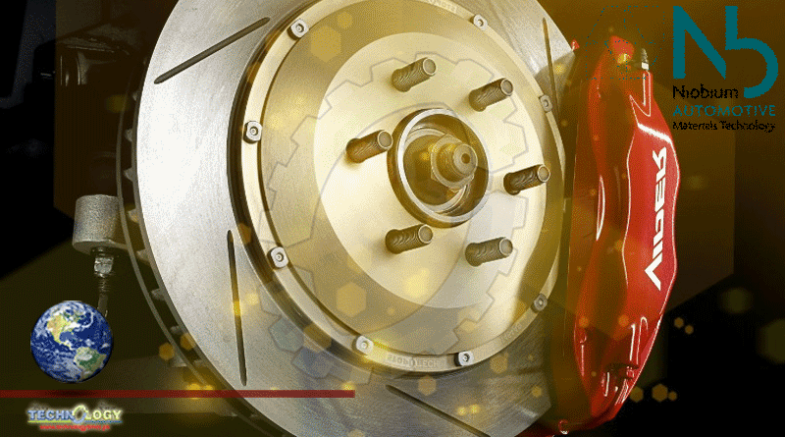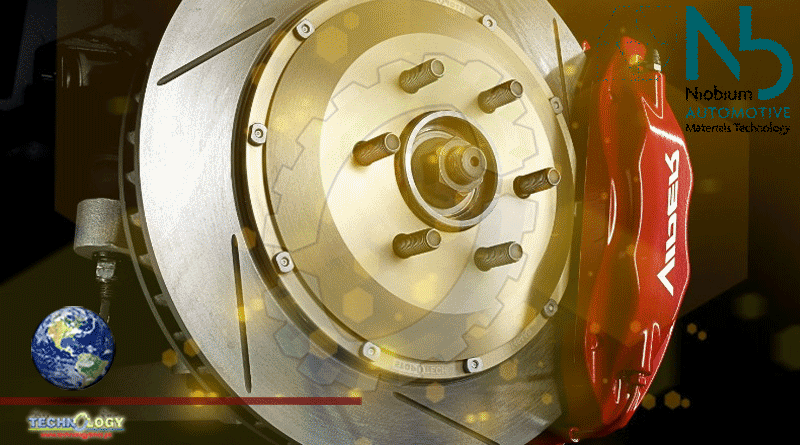Niobium Accomplishes This By Refining The Structure Of The Grey Iron, And Strength Improvements Are Realized At Both Room

Technical advancements in the mobility industry and the proliferation of new ways to use vehicles, e.g., ride-sharing and subscription services, are forward indicators of a revolution that is well underway. This revolution comes in addition to the myriad forms of propulsion systems to move our new vehicle ecosystem. Modern internal combustion engines and high-efficiency electric motors generate ever greater torque upon acceleration, and the result is greater requirements on braking efficiency and safety. It is in this context that niobium (Nb), an element with a rich history and contribution to the mass reduction of automotive structures, is now making its contribution to automotive braking systems by increasing the lifespan of grey cast iron components and reducing total cost of ownership of the brake system.
Brake discs and drums are made of grey cast iron, one of the most important and studied engineering materials in the world. These seemingly primitive irons are, in fact, highly engineered modern products that are ideal for minimizing wear, absorbing shock, and dissipating both the sound and heat resulting from braking. As applications become more aggressive, so too must the iron become stronger and more resistant to wear and thermal fatigue. Niobium functions in just this manner – it increases the strength and wear resistance of grey iron that has been engineered for the optimum balance of strength and thermal performance. Niobium accomplishes this by refining the structure of the grey iron, and strength improvements are realized at both room and elevated temperature during operation.
Refinement of the pearlitic structure of the grey iron, in addition to precipitation of nanometer-scale niobium carbides, improve the wear resistance of the iron and can increasing iron component lifespan up to 40 percent. During the casting, niobium may also contribute to the reduction of the so-called thin-wall carbides that form as a result of very fast cooling in the solidification process. Thusly, niobium allows the designer to create more aerodynamic geometries that help both in heat exchange and prevention of contamination of the braking area during operation. To conclude, it is not enough to move faster each day. We must also rely on advancements in braking efficiency and vehicle safety to bring us to a comfortable stop. And niobium is here to help.
This news was originally published at The Brake Report
